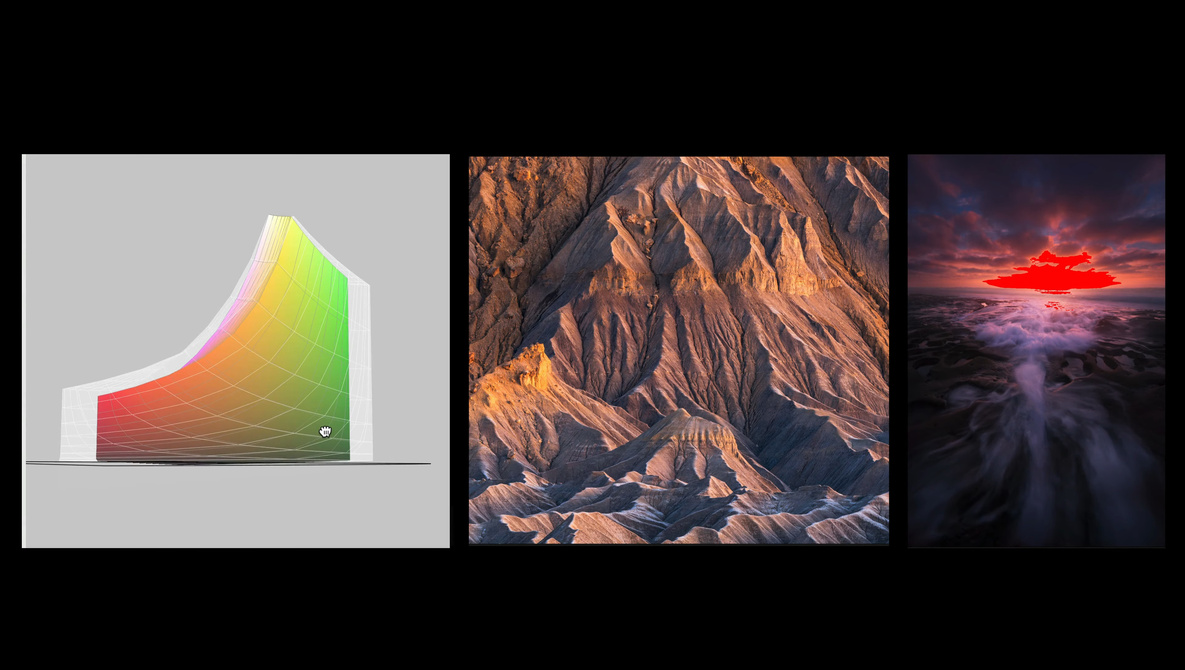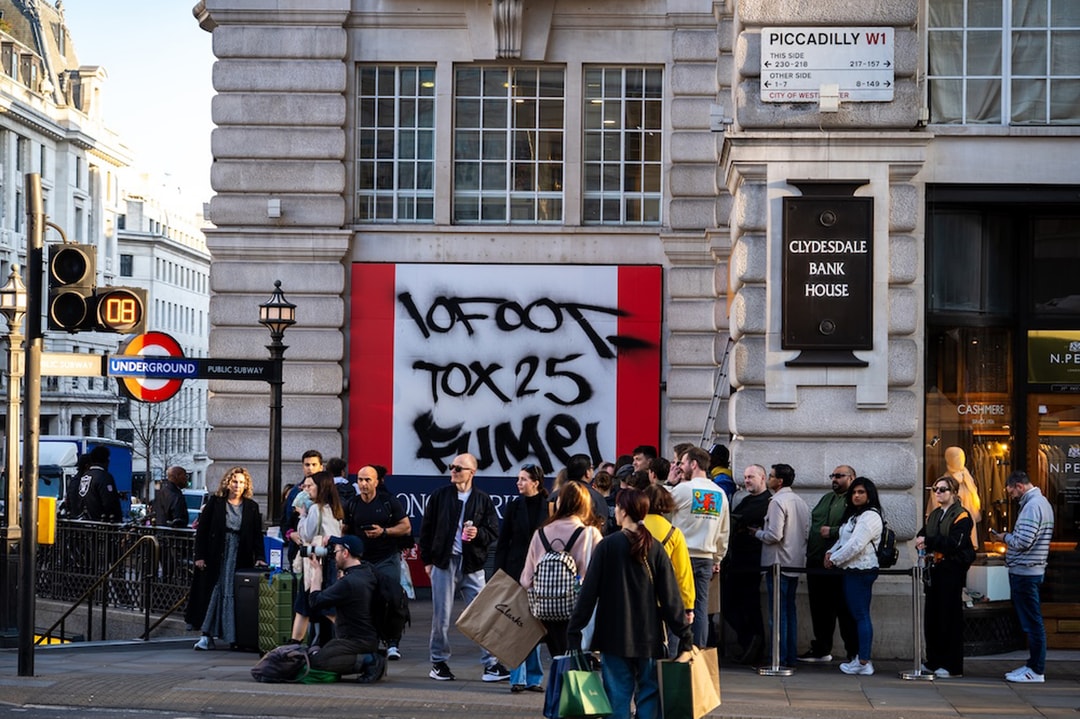Dronkenput (Drunken Well) in Middelkerke, Belgium
Middelkerke is a seaside resort on the Belgian coast between Nieuwpoort and Ostend. Between 1890 and 1900, the population increased from 1,100 to 2,000. To supply the growing population with drinking water, the city council decided to build a reservoir in 1897. It was designed by the famous engineer Arthur Vierendeel, creator of the Vierendeel Bridges. Just as the cistern was nearing completion, on December 1, 1897, it began to sink into the soggy soil, tilting it at an angle of 12°, and ultimately making it unusable. All attempts to straighten it out failed, and no one wanted to tackle its demolition. Twenty years later, in April of 1918, a photo was taken of the odd structure, turning it into a tourist attraction. This new purpose has ensured its survival to this day. In the meantime it has taken on the name Dronkenput, literally "drunken well." Today, it can be considered the most sloping building in Belgium. In 2002, the reservoir was listed as a historical monument, as one of the oldest preserved concrete reservoirs in Belgium. It has not been altered or renovated in any way, making it an exceptional example of the use of concrete at that time.


Middelkerke is a seaside resort on the Belgian coast between Nieuwpoort and Ostend. Between 1890 and 1900, the population increased from 1,100 to 2,000. To supply the growing population with drinking water, the city council decided to build a reservoir in 1897. It was designed by the famous engineer Arthur Vierendeel, creator of the Vierendeel Bridges. Just as the cistern was nearing completion, on December 1, 1897, it began to sink into the soggy soil, tilting it at an angle of 12°, and ultimately making it unusable.
All attempts to straighten it out failed, and no one wanted to tackle its demolition. Twenty years later, in April of 1918, a photo was taken of the odd structure, turning it into a tourist attraction. This new purpose has ensured its survival to this day. In the meantime it has taken on the name Dronkenput, literally "drunken well." Today, it can be considered the most sloping building in Belgium. In 2002, the reservoir was listed as a historical monument, as one of the oldest preserved concrete reservoirs in Belgium. It has not been altered or renovated in any way, making it an exceptional example of the use of concrete at that time.


































































-Baldur’s-Gate-3-The-Final-Patch---An-Animated-Short-00-03-43.png?width=1920&height=1920&fit=bounds&quality=70&format=jpg&auto=webp#)






























































































































































































